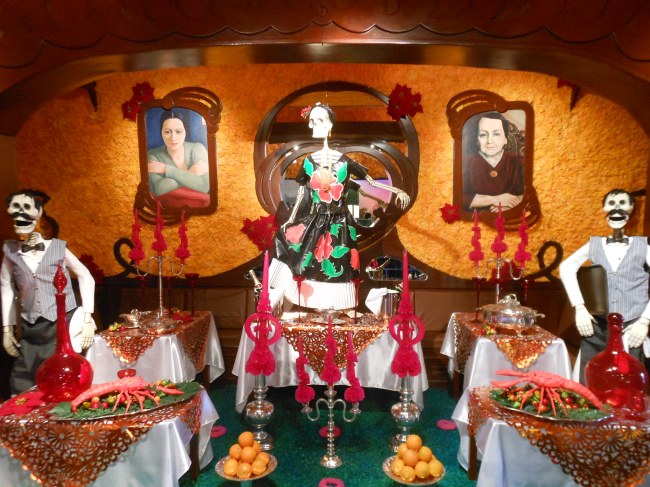Day of the Dead – A True Celebration of Life
mexicanmuseumsandmavens
Just another WordPress.com site
02
November 2013
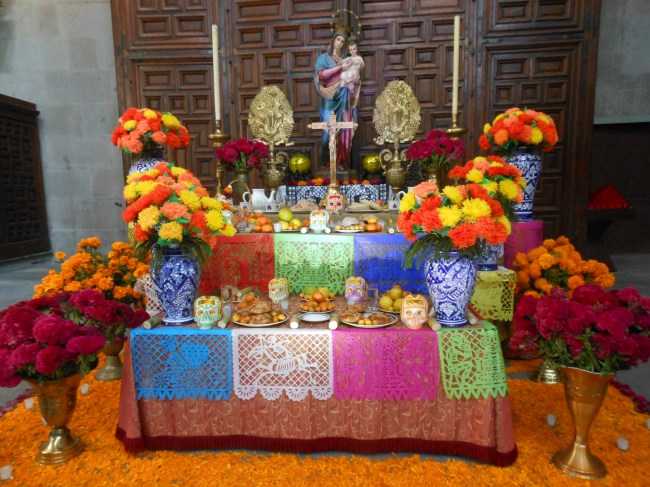
Dia de los Muertos is a two-day period where Mexican families honor their deceased loved ones. It is a window of opportunity, lasting 24 hours for deceased children on November 1st (actually beginning at midnight on October 31st and referred to as All Saint’s Day), and 24 hours for deceased adults on November 2nd (All Soul’s Day). It is believed that the spirits of the dead return home for a short visit during that time span.
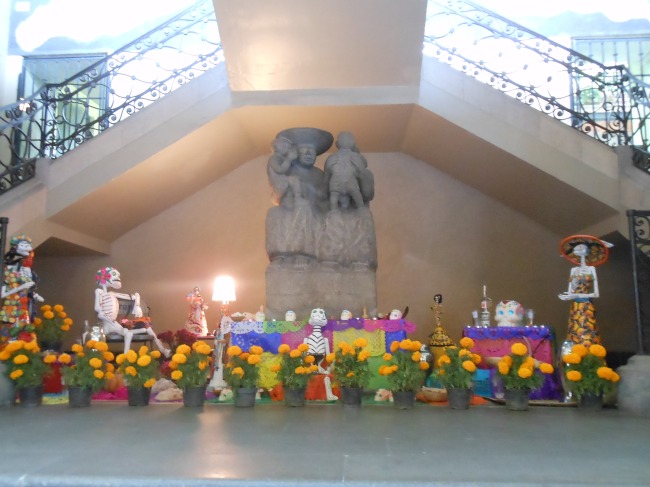
Personalized altars or ofrendas are prepared with much care, thought and love to welcome relatives and friends back to Earth.
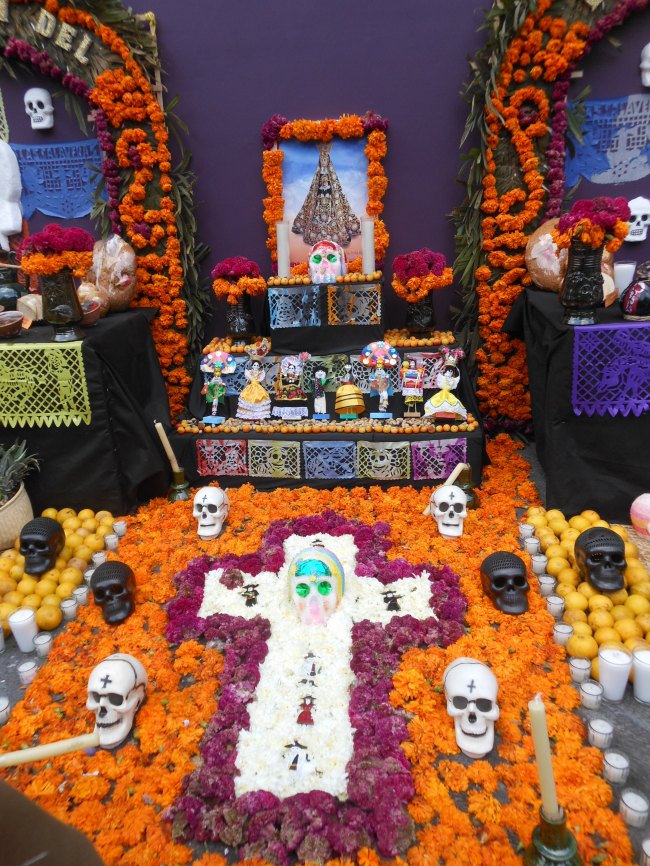
Among the most common elements placed on these altars is the fragrant cempasuchitl (orange marigold flowers), with the belief that the flower petals combined with copal incense (a natural tree resin which gives off an unmistakably pungent scent) purify the altar and attract the souls through their aroma.
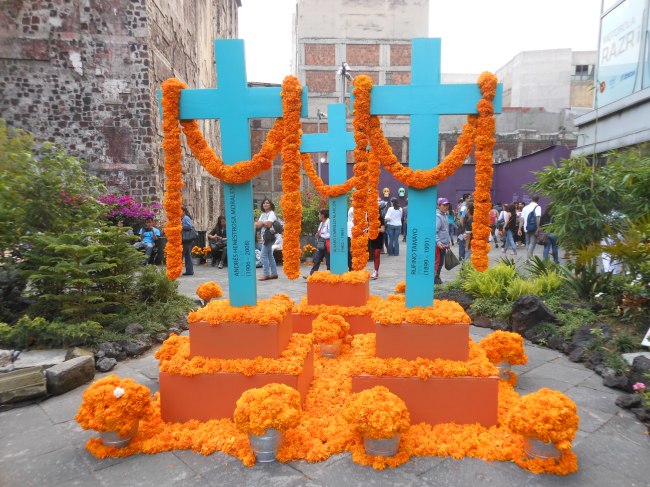
Candles light the path for the deceased in transit.
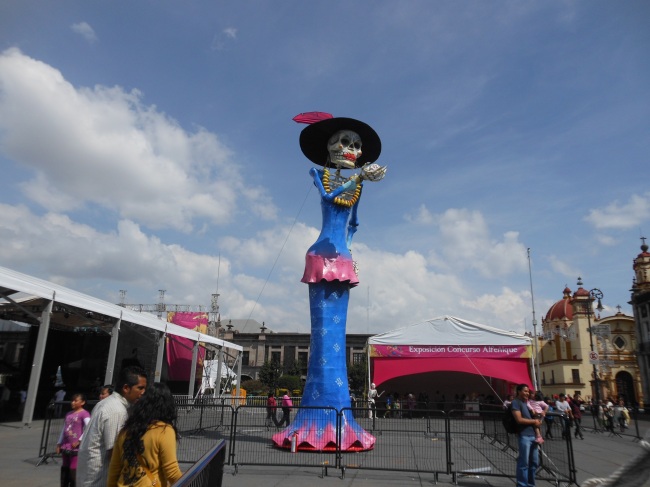
Religious images and crosses incorporate Christian elements.
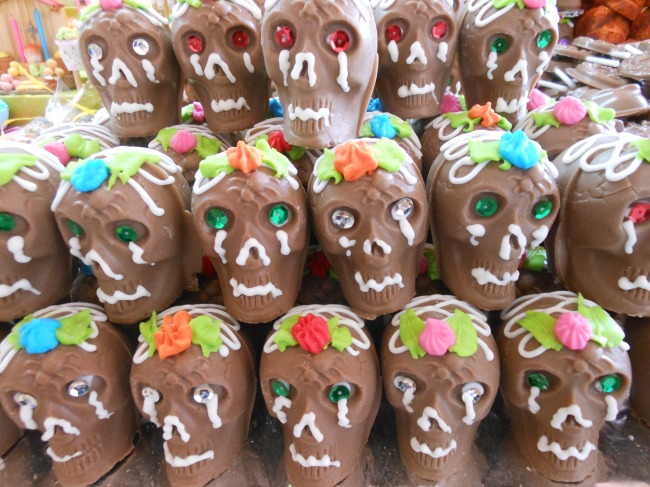
Candies and toys are set out for the deceased children, while tequila, beer or mezcal (whatever the favorite libation of the deceased was) and typical foods (such as mole, fruits, tamales) are lovingly provided for more sophisticated adult tastes.
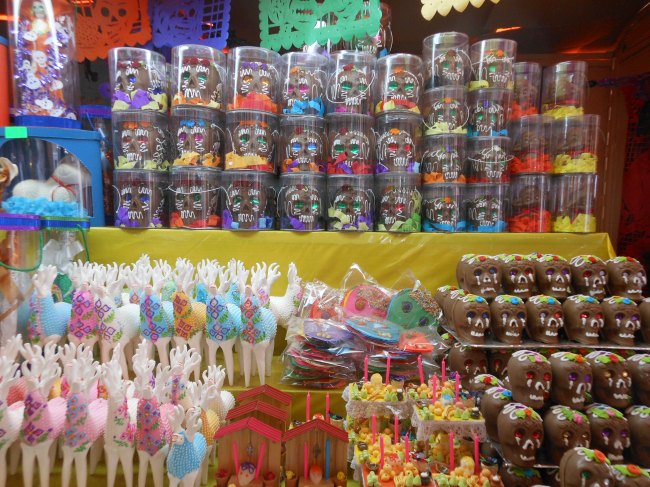
Water and salt are also prevalent – basic elements for life.
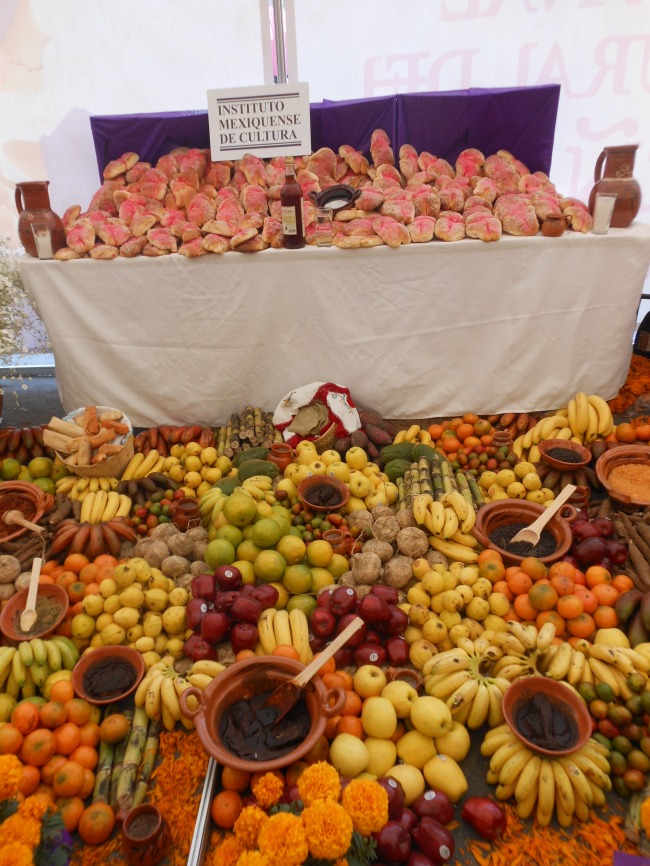
Photos and/or drawings of the deceased, along with whimsical sugar skulls are combined to make the decoration of each ofrenda unique, be it humble and makeshift or rich and elaborate – all in tribute to those no longer inhabiting the Earth.
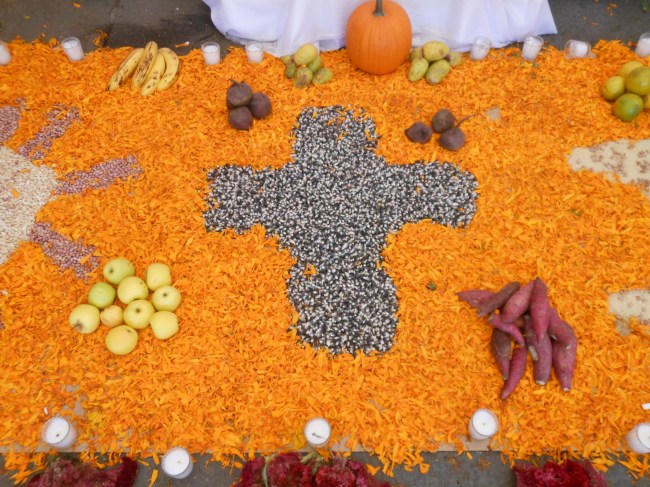
Ancient pre-hispanic tradition blends well with popular culture. Death was an integral part of life in Mesoamerican cultures. There were several festivities reported by Spanish chroniclers on their arrival to the New World. According to Sixteenth-century Spanish Monk Diego de Duran the actual dates the mexicas dedicated to the dead were moved to coincide with the Catholic calendar.
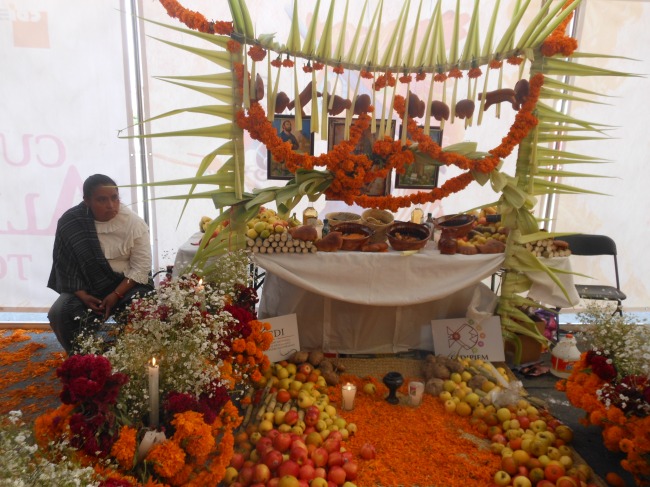
It is not by chance that Day of the Dead falls at the end of the agricultural cycle. Mexico up until recently has been a predominantly agricultural society, with corn – the main staple of the average Mexican diet – central not only to local cuisine but to the culture itself. Halloween, celebrated one day before Day of the Dead, is rooted in the ancient traditions of the Celtic Druids (Samhain), which also holds that spirits return on this day, marking the start of a fallow period of the soil, when the land is put to rest.
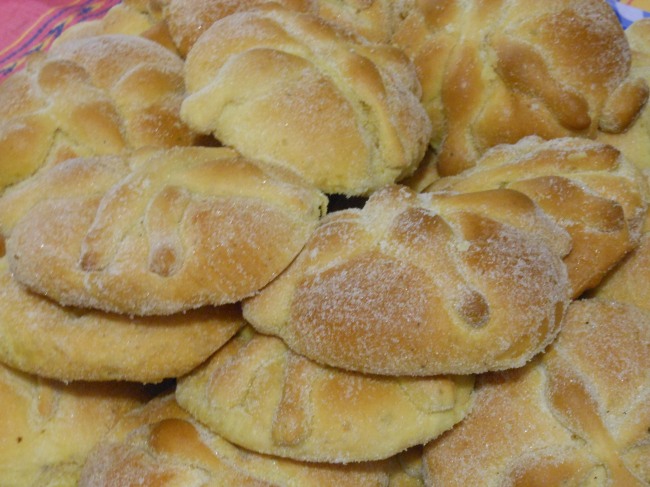
The main difference between these two holidays, both entrenched in ancient native agricultural societies, is that Halloween is laced with fear and concern over the returning malevolent spirits (which is why children were dressed in costumes – to confuse the spirits and protect the kids), while Dia de los Muertos is a joyful celebration, viewed more as a family get-together with transitory spirits.
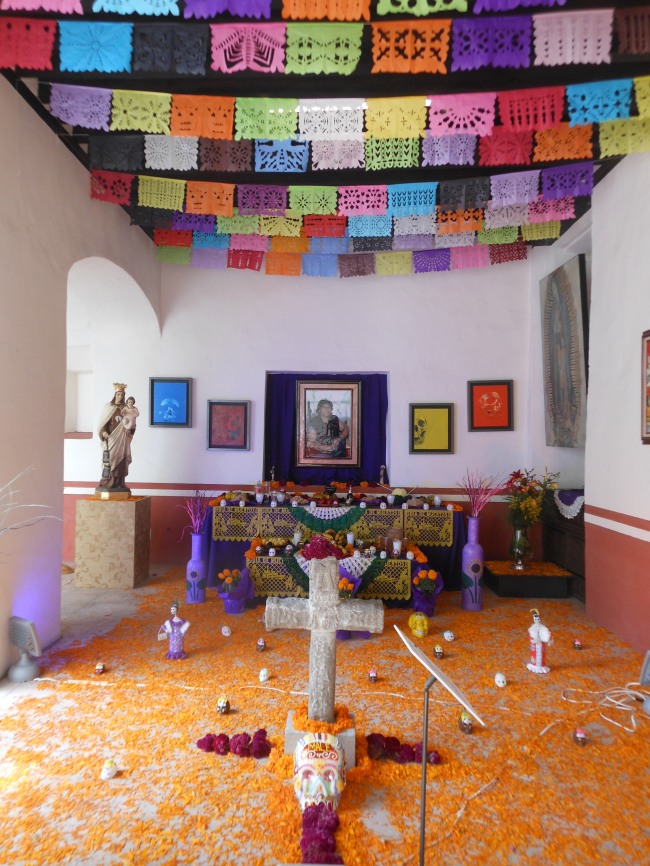
The focus of Dia de los Muertos is not solemn or gloomy. Actually, the bright colors, whimsical decorations and fragrant aromas set the scene for what is considered a serious yet festive occasion, all of these elements contributing to guide the deceased relatives and loved ones home or back to the cemetery where they were laid to rest. That is why cemeteries become the site of overnight vigils and partying. It is common, particularly in rural Mexico, that families spend the night at the graveside, on the watch for the visits spirits. At this time of year, it is common to see groups picnicking, dinner may be served with alcohol, while reminiscing to the backdrop of local music or mariachi serenades. Without a doubt, the annual gathering is one of joy and happiness rather than sadness and sorrow.
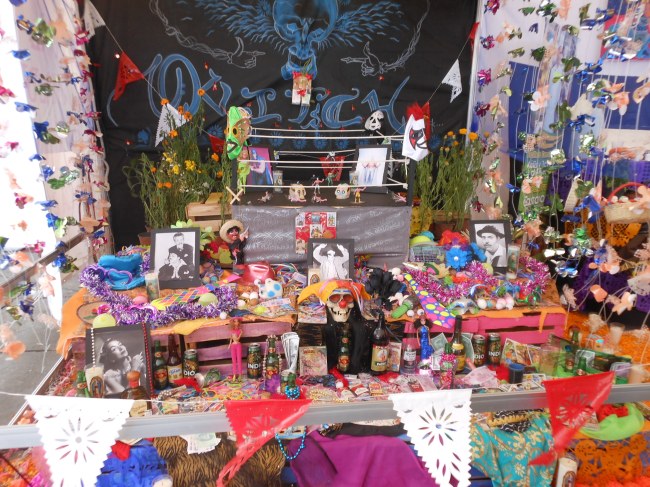
The teeming metropolis of Mexico City, where Halloween-influenced decorations of pumpkins, witches, ghosts and spiders have become more and more prevalent every year, may seem far removed from rural and indigenous communities, yet there has been a revival of this vivid holiday. There are noticeable variations depending on the region

There is much to do and see in the capital as well as around the country. Try the pan de muerto, a special sweet bun of sorts, topped with a cross-bone motif. Taste a calavera sugar skull (a reflection a fusion of cultures, since although human skulls abound in prehispanic cultures, sugar was brought to the New World by the Spaniards, making for an all inclusive and whimsical invention) or its more recently invented chocolate or amaranth cousins. The whimsical sugar skulls can be purchased at virtually any local market or even supermarket. Many vendors are happy to label them, upon request, with the names of your friends and family members! Buy the vibrant hand (or machine) cut tissue paper banners complete with images of friendly skeletal couples. Check out the altars that abound everywhere – literally on the street, in office vestibules, museums, supermarkets, malls and even in churches.
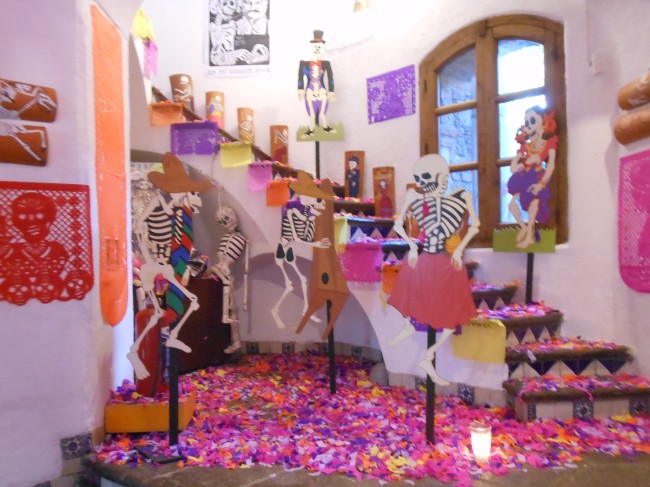
This holiday has melded into an amalgamation of cultural as well as religious festivity, expressing the spirit of life as much as that of death. Where else can you experience the blending of prehispanic customs with Christian nuances, fused together to applaud life?
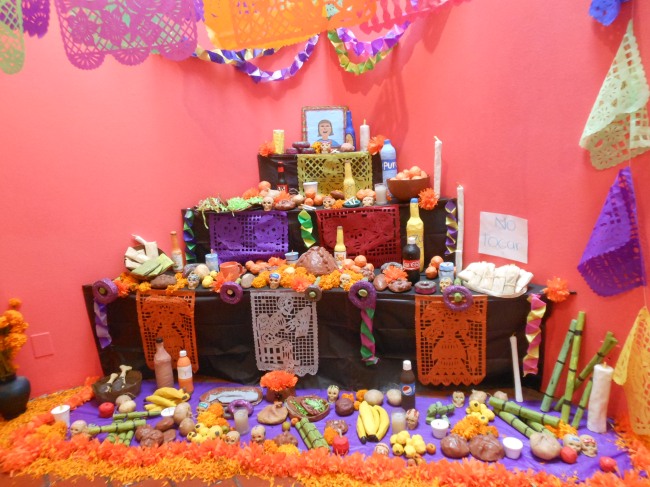
NOTE: All of the photos included in this blog were taken by me this 2013 Day of the Dead holiday.
If you would like to use them, feel free but please give me due credit.
Sure Anita Brenner, Great Job !!!!!!
